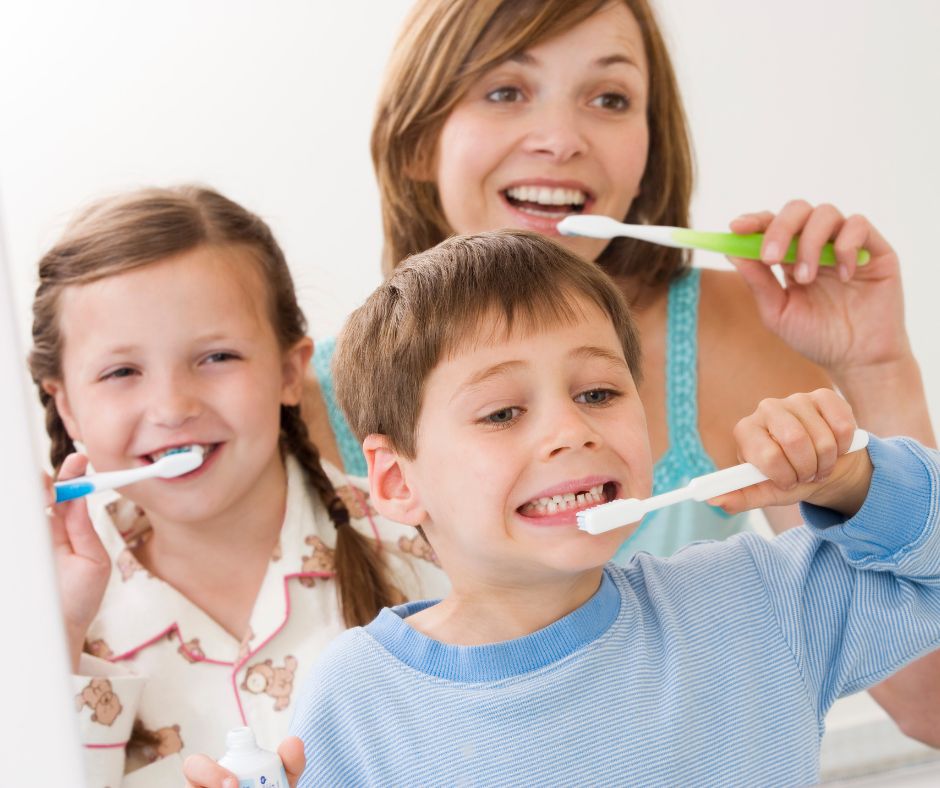What’s The Right Way Of Brushing Your Teeth?

Getting your teeth cleaned professionally feels like a dental health reset. Your teeth get scrubbed, scraped, and polished to perfection. Whether they stay that way is up to you. What happens at home can be very different from what happens at the dentist’s office. But don’t grit your teeth over it. Check out these three tips to boost your tooth-brushing game and improve your health in the process.
Understand the incentives
Every time you eat or drink something, bits of food or residue can cling to your teeth and gums. The debris and its bacteria turn into a sticky film called plaque. If it’s left on the teeth too long, it calcifies. The hardened plaque is called calculus, and it can’t be removed with a toothbrush.
“Inside the calculus are bacteria that release acids that cause cavities, break down your enamel, and tunnel inside the tooth toward the nerve and jaw bone, causing infection if left untreated. From there, bacteria can travel to other parts of your body, including the brain, heart, and lungs.
Select a good toothbrush
A dizzying variety of toothbrush options range from simple plastic sticks with bristles to high-tech tools with bristles that spin or vibrate.
- Get a toothbrush you like and will use regularly.
- Choose bristles based on your gum health.
- Replace your toothbrush every few months
Use the right brushing technique
- Brush with a fluoride toothpaste for two minutes. Divide the time among the upper left, upper right, lower left, and lower right teeth — 30 seconds per section.
- Angle the brush.
- Make circles with the bristles. Rotate the bristles around and around in a gentle sweeping motion to help grab debris at the gum line.
- Brush without distractions so you can focus on your brushing technique.
- Be gentle. If you press too hard while brushing, you’ll irritate and possibly injure your gums. Brush your tongue, too. It collects loads of bacteria that need to be brushed away.
- Rinse your mouth and your brush. Wash away all traces of toothpaste and food debris.
- Take a peek at your gums. When you finish brushing, pull your lips away from your teeth to see if you left food particles around your teeth. Your gums should not look red or swollen.